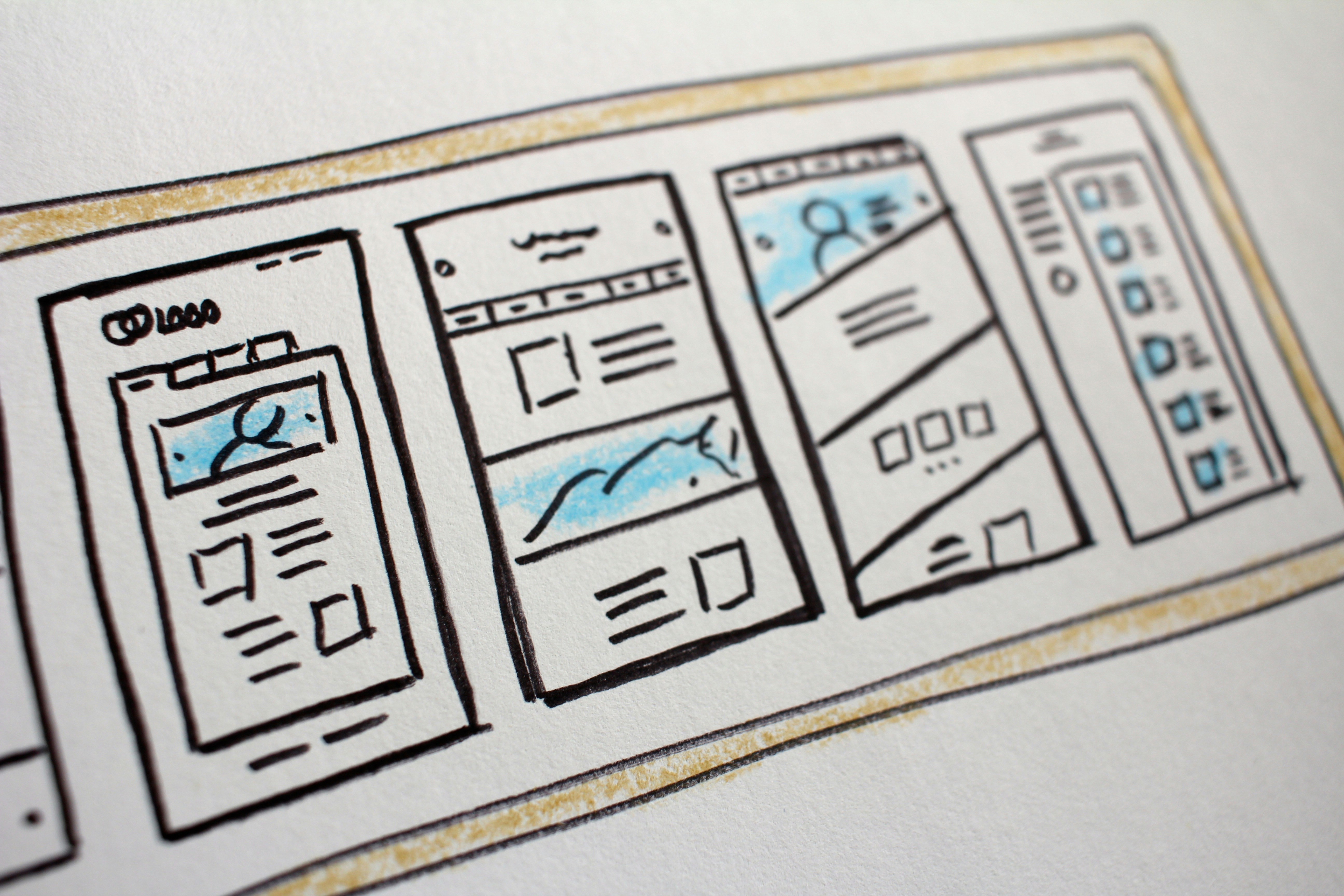First up, a question that gets asked a surprising amount: What is PR?
In short, PR is persuading people to behave in ways that support your business objectives, primarily through non-paid media relations and other third-party activity i.e. it is the art of getting someone else to show your audience how great you are, without having to tell them yourself!
With effective planning and clear, strategic objectives in place, PR can be a powerful tool in any business’ marketing armoury. Here we look at how to go about planning a strategic PR campaign.
Analysis of current situation
Looking at both the internal factors (such as the nature of your organisation, your customers, the industry market and stakeholders) and external factors (political, economic, social, technical, legal and environmental) is a vital first step when planning your strategy.
It is worth doing an analysis of your brand at least once a year, looking at both the negative and the positive. This analysis can be used as your start point throughout the year for all your different campaigns and will help you to set more focussed and relevant objectives.
This must be done unemotionally, not with a company bias. If you are too emotionally invested in the company, you will only see the positive and it is important to also see the negative as this is actually a more powerful starting point. It means you can identify any “issues” that need to be addressed and how to best communicate solutions to an external audience through focussed PR activations.
Setting clear objectives
Notorious for being ‘fluffy’ with little-to-no post activity analysis or ineffectual measurement, PR’s downfall can often be a sourced back to a lack of clear objectives. By applying the same principles outlined in CEO Dale Parmenter’s recent blog on The Importance of ROI in Comms Strategy and starting the evaluation process with clear and relevant objectives pre-campaign, we can gauge PR’s impact on audience behaviour and therefore measure and value it more accurately.
Objectives must be relevant, not “I want to get 12 pieces of coverage” but “what type of coverage do I want?” And, “what do I want this coverage to achieve?” Your objectives must be based on analysis of current position, where would you like to be positioned as a result of this communication and always looking ahead to how can you effectively measure that you have achieved this.
Objectives can be set by answering the following questions:
- What do you want your output to be?
Desired coverage numbers, likes, shares, engagements, general exposure to the public e.g. X pieces of coverage with X+ social media engagements, an article readership of over X.
- What do you want the audience’s outtake be?
Desired audience sentiment e.g. you want to increase their awareness of your brand or want a brand ambassador to be seen as a thought leader in the industry.
- What do we want to final outcome to be?

This is the most valuable e.g. X people to visit the website/ X enquiries/ X downloads of the app as a direct result of this activity.
Putting together a strategy
Your strategy will be the actions you will take to help you achieve these outcomes and will be defined by answering the following questions:
- What media does your target audience consume?
- What events do they go to?
- What publications/outlets should you be targeting that align with your message, target audience and brand values?
- What is the best way to engage with your audience? Social media? Print? Online? Regional? etc
- What is the best story to tell to achieve desired objectives?
The answers to these questions will help you build your story or press offerings to align with your objectives and your desired audience. The format of this could be a case study, a press release, an interview, an opinion piece, a relevant comment on a topic being covered, or a combination.
Often you need a different strategy for different audiences – fans (clients), foes (potential customers consuming a competitor’s services) and neutrals (the untapped potentials who are neither pro your brand or any other). Here, the most powerful and potentially most important are the neutrals. Much as political wins are based on turning neutral sentiment into pro, turning a neutral audience into customers is a huge win.
You then sell these offerings into the press, ideally through contacts you have made with media outlets or via a telephone or email pitch to the relevant journalist.






/Blog%20Images/RS38653_DSCF4745-Edit.jpg)
/Blog%20Images/DRPG%20Blog%20-%20Learning%20and%20Development.jpg)



